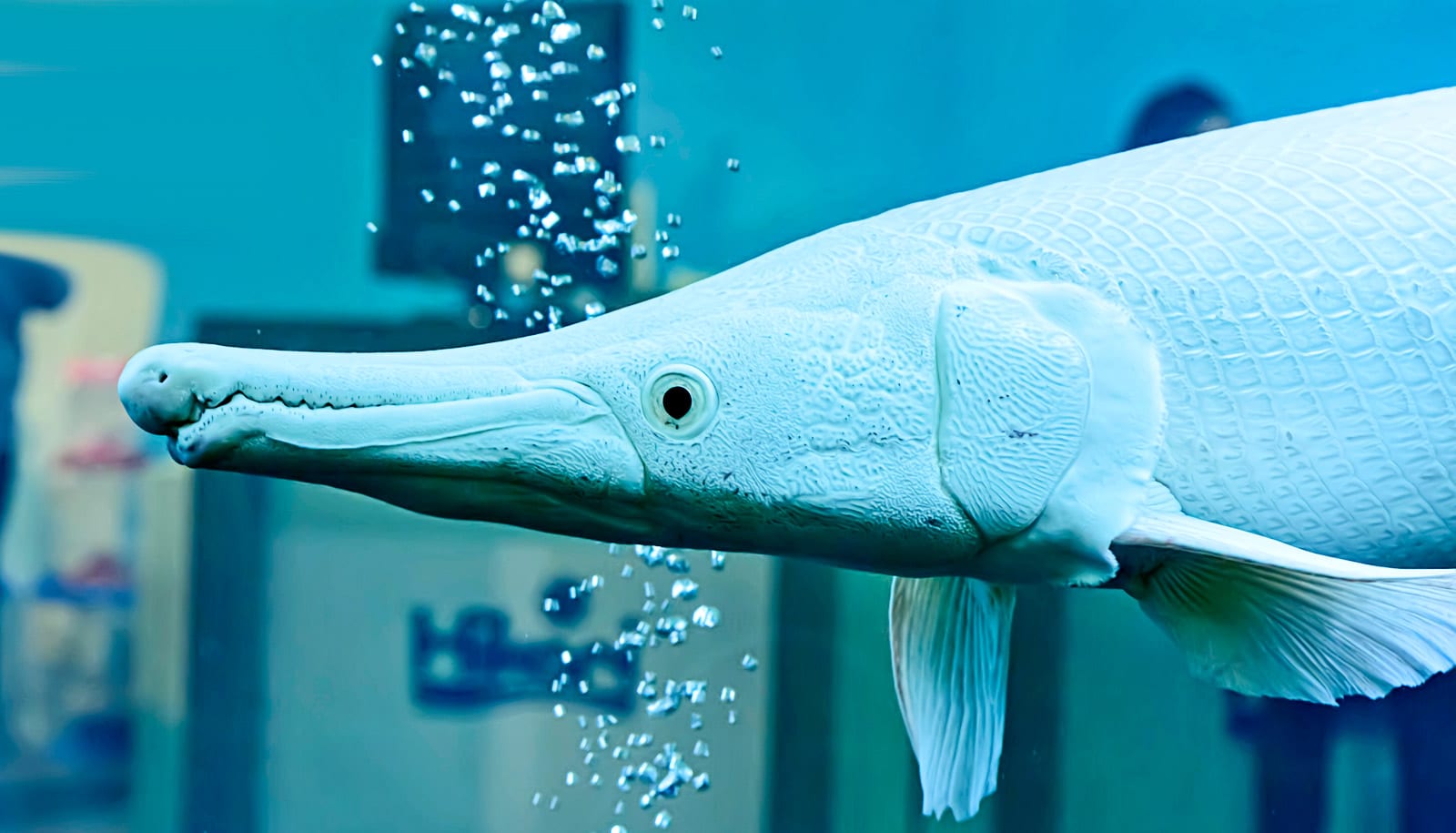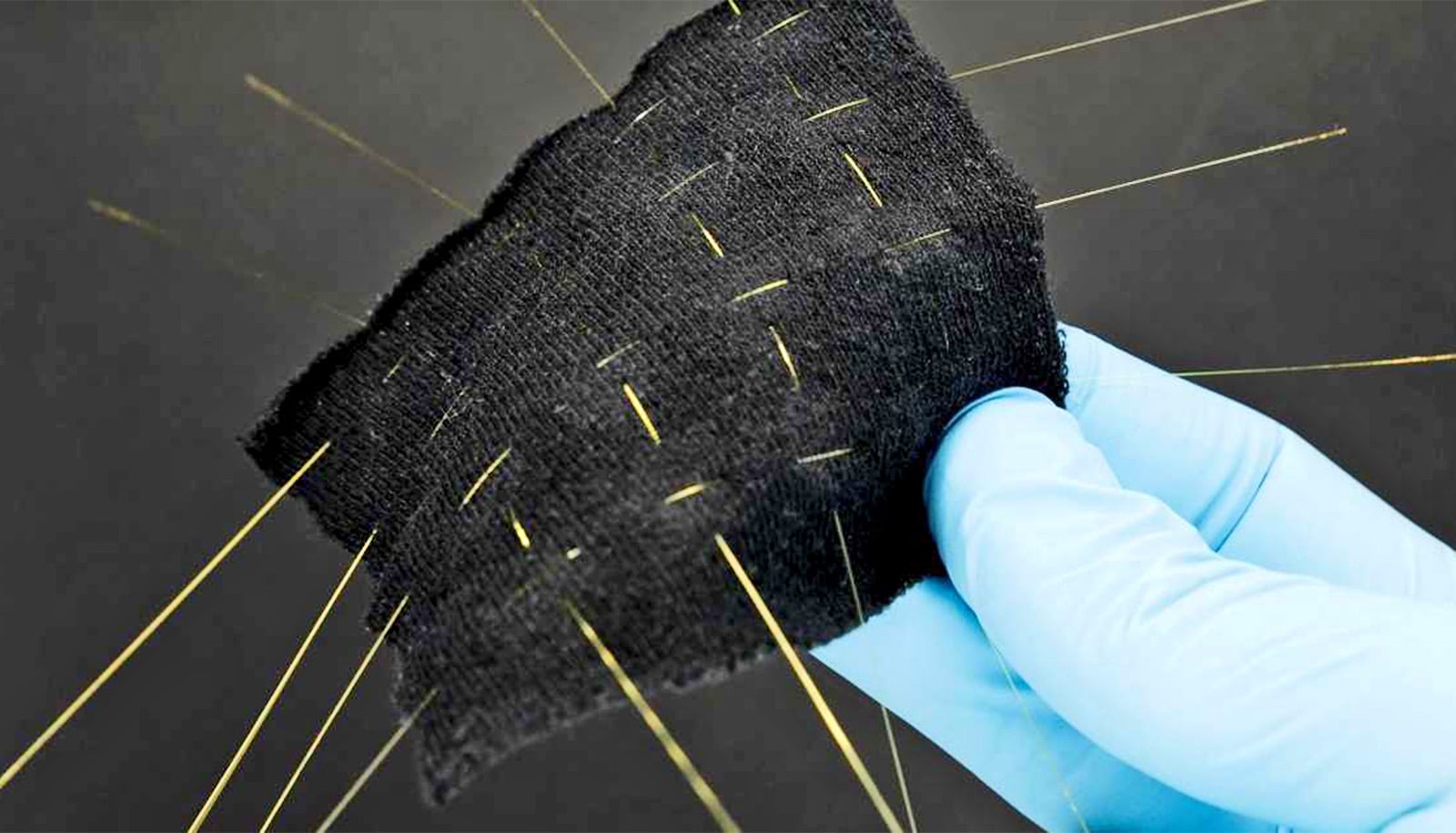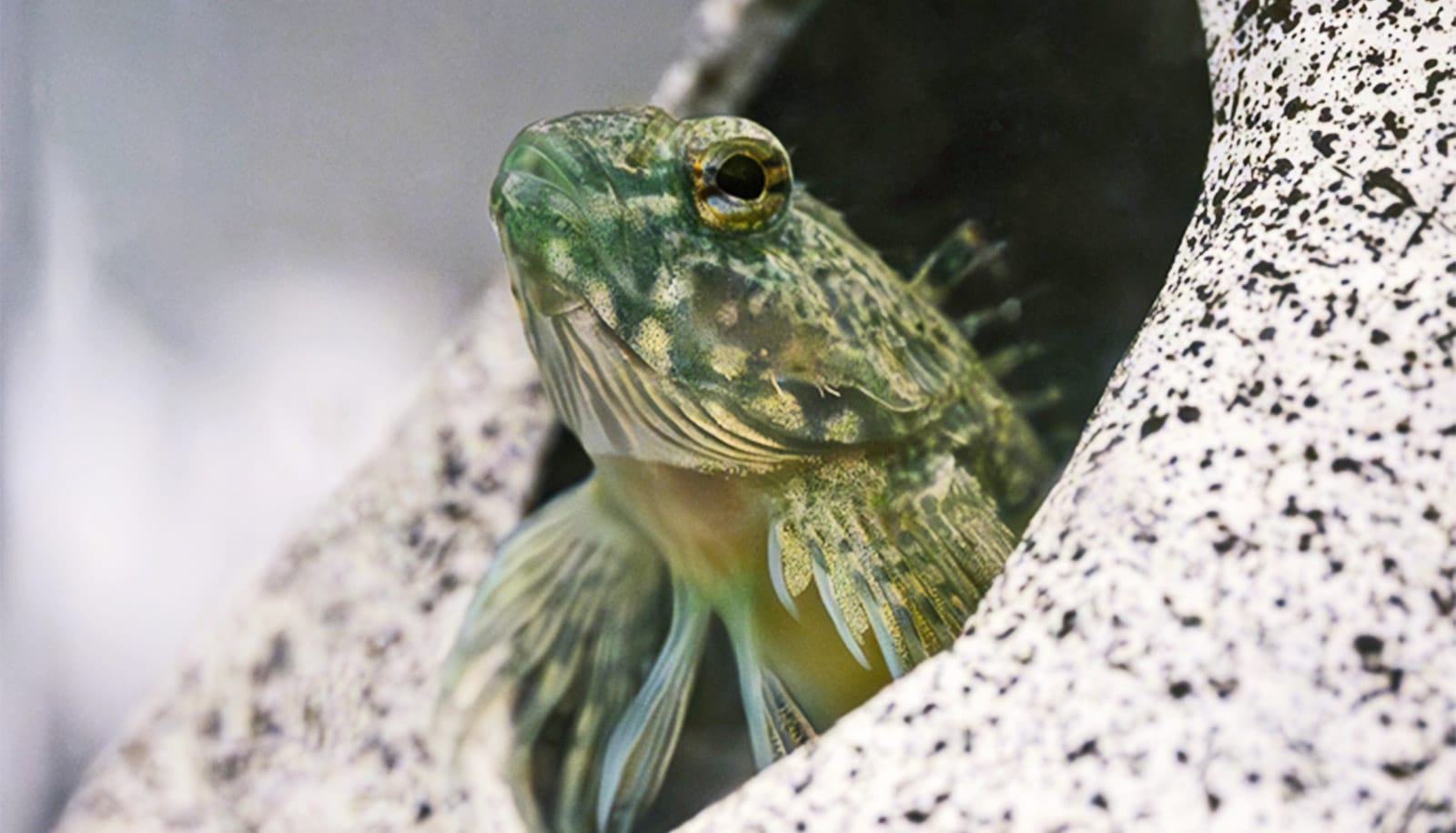Scientists aiming to create protective gloves that resist piercing yet retain flexibility have landed on their inspiration: fish scales.
They started with striped bass. Over a two-year period the researchers went through about 50 bass, puncturing or fracturing hundreds of fish scales under the microscope, to try to understand their properties and mechanics better. “The people at the fish market must have wondered what we were up to,” says François Barthelat, who teaches in the mechanical engineering department at McGill University.
The solution came when they started looking more closely at the scales of an alligator gar.
Through a series of experiments the researchers were able to identify a set of critical mechanisms in the way natural fish scales deform, interact, and fracture. They also developed a new technique to cover large surfaces with a shell of overlapping ceramic tiles.
By using computer modeling, they were able to determine the optimal size, shape, arrangement, and overlap to make protective gloves which are much more resistant to piercing than those currently in use.
Fabric harvests energy from sun and motion
“Fish scales surprised us,” says Roberto Martini, a post-doctoral fellow and the lead author of a paper on the work in Bioinspiration and Biomimetics. “It may sound counterintuitive, but we discovered that smaller scales are actually more difficult to pierce than the larger ones, something we can now fully explain using engineering analysis.
“We also learned that they are the toughest collagen-based material known.”
“Nature has been finding solutions to ‘engineering problems’ over millions of years of evolution” adds Barthelat. “For a long time biologists and engineers largely ignored each other, but this is now changing. Biologists are using more and more engineering tools and methods, and engineers are revisiting old engineering problems using bioinspiration.
“Biologists and engineers are now talking to each other more than ever before, which is very stimulating and makes it is a very exciting time to be working in this field.”
The Natural Sciences and Engineering Research Council of Canada and the Fonds de recherche du Québec—Nature et Technologies supported the work.
Source: McGill University



